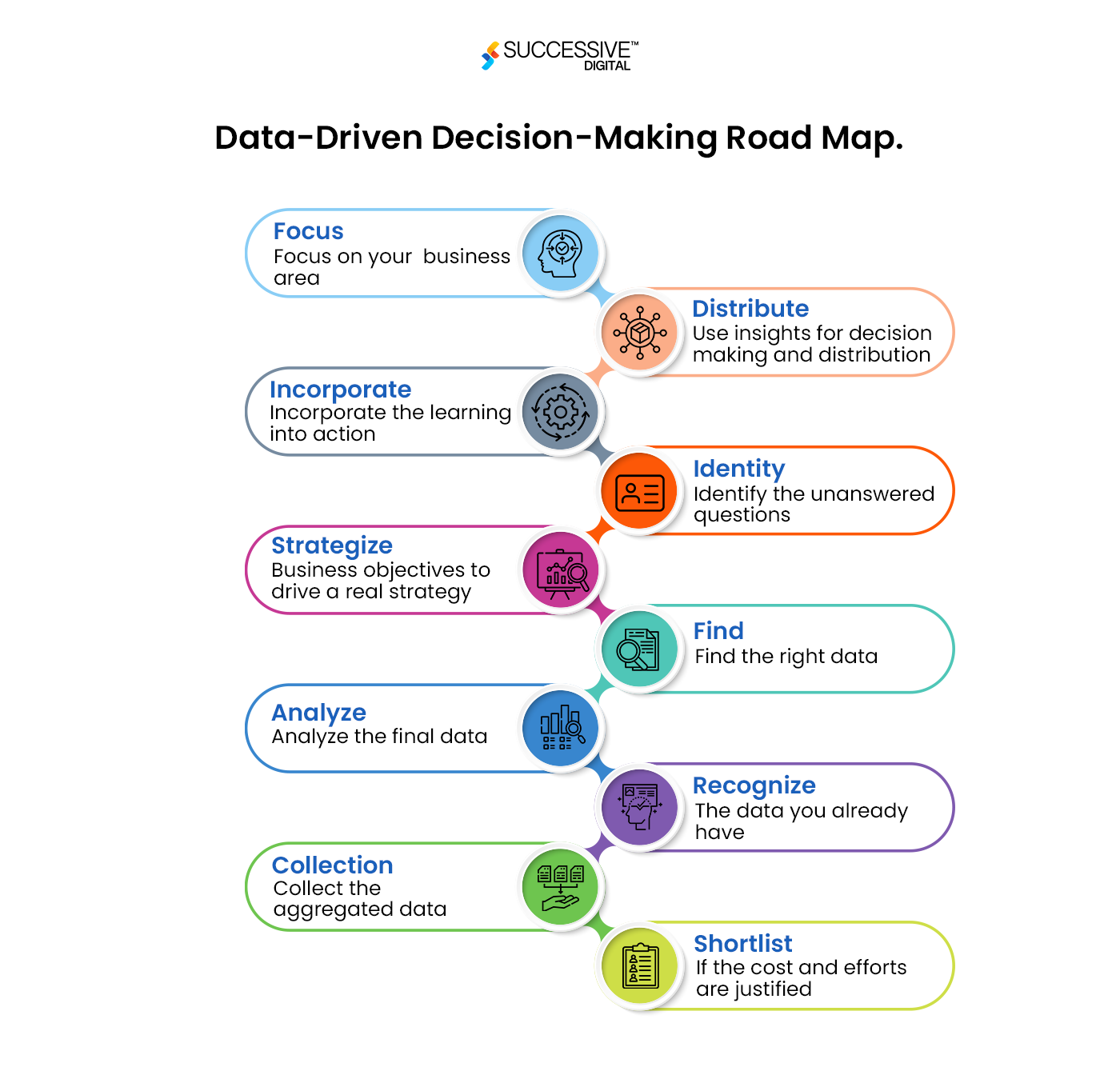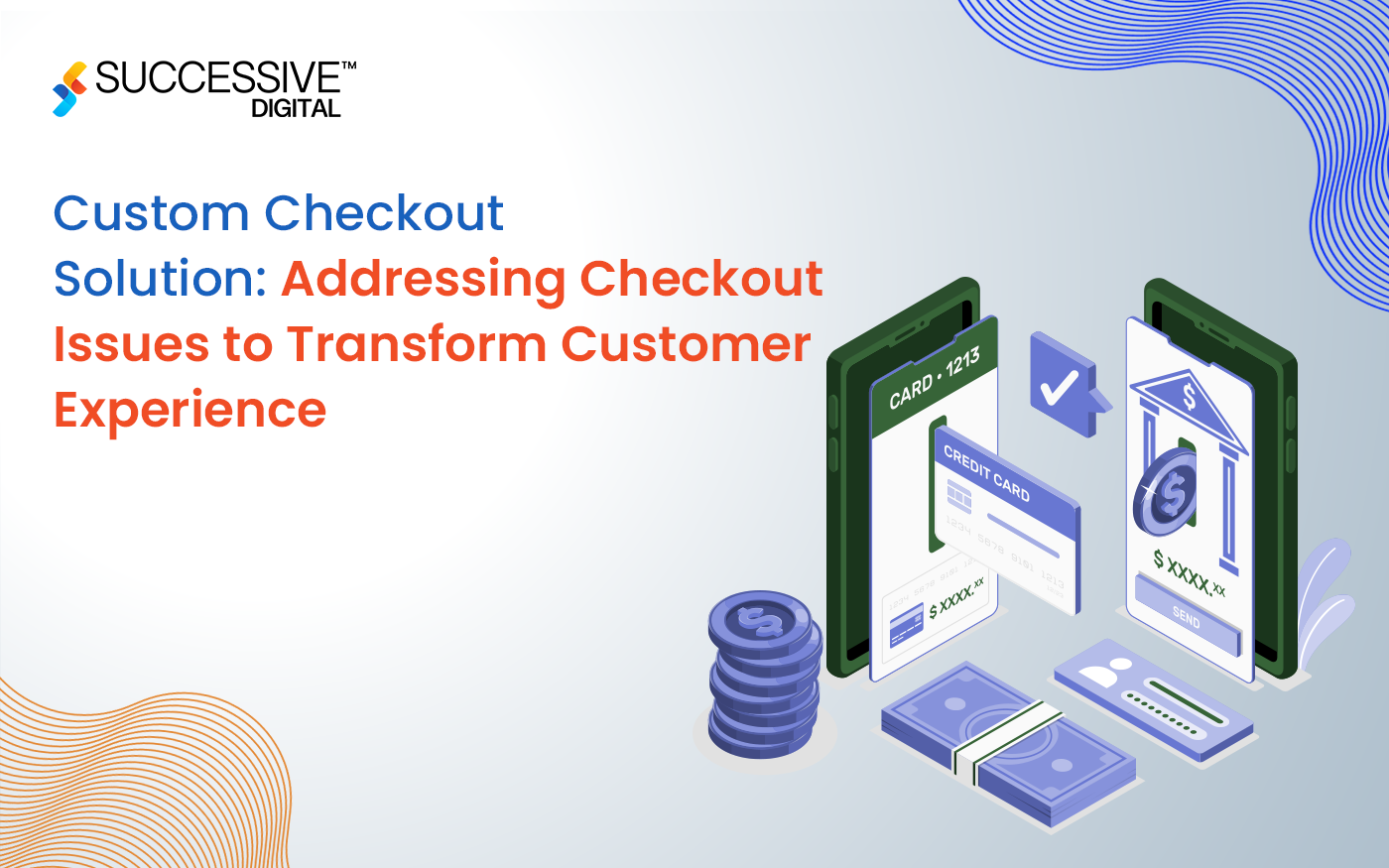In today’s dynamic enterprise environment, customer experience (CX) has advanced from a peripheral difficulty to a center level of strategic recognition. The advancements in the customer-centric CX approach and its vital role in sustainable customer relationships attract large enterprises to use advanced technologies to enhance their techniques increasingly. This blog delves into the profound impact of emerging technologies such as artificial intelligence (AI) and Big Data—on CX strategies tailored to specific business needs. Some successful examples provide deeper insight into how such technology reshapes the consumer experience landscape globally.

The Role of Emerging Technologies in CX
Companies are increasingly turning to advanced technology in their relentless efforts to drive excellent CX. In addition to the transformative impact of these new-age technologies like blockchain and big data, today’s technologies also play an essential role in elevating enterprise innovation to extend transformative products and services to the modern user base.
Let’s explore some new technologies and their critical role in developing CX strategies for large enterprises.
-
Artificial Intelligence:
AI ability to analyze massive data sets, predict customer behavior, and automate processes has opened up new business revenue streams. For companies, combining A.I. and CX strategies assures customized customer interactions, streamlined processes, and predictive analytics to capture and fulfill user needs proactively.
-
Big Data Analytics:
Big Data analytics is a cornerstone for enterprise innovation aiming to derive actionable insights from the vast pool of customer data. Analyzing customer behavior, preferences, and feedback provides organizations with comprehensive insights that drive informed decision-making, customize services, and increase overall CX.
-
Augmented Reality (AR):
AR is emerging as a game-changing advanced technology within the realm of CX. AR complements the consumer’s perception and interplay with products and services by overlaying digital information onto the physical world. In retail, AR enables customers to visualize how a physical object would look in their houses or try on virtual clothing before making a purchase decision. This immersive and interactive approach notably contributes to an extra attractive and personalized CX.
-
Voice Recognition Technology:
Voice recognition generation has come to prominence as an integral part of CX strategy, especially in the space of virtual assistants and intelligent devices. From voice-activated customer support interactions to hands-free communication with devices, voice recognition offers convenience and accessibility. Large enterprises are incorporating this technology to provide seamless interactions and to enable customers to place, query, and communicate using natural language.
-
Blockchain Technology:
Primarily known for its transformative role in securing financial transactions, blockchain applications are increasingly driving CX that prioritize transparency and trust. In supply chain and retail goods industries, blockchain guarantees authenticity and traceability. With immutable records, customers can track the origin and source of products, fostering trust and credibility in the interactions with brands.
-
Internet of Things (IoT):
IoT helps enhance the connected environment where devices communicate with each other to provide inclusive and efficient CX. In retail, IoT-enabled devices can display stock levels in real-time, ensuring that merchandise is often available even during peak time. Additionally, IoT devices provide valuable records of customer behavior and preferences to drive enterprise innovation by enabling companies to make informed choices when designing CX strategy.
-
Biometric Authentication:
The popularity of biometric authentication, such as fingerprints, face recognition, and iris scanning, is revolutionizing security and personalization in CX. From secured banking apps that protect access privileges to providing seamless access to physical locations, the biometric authentication-based advanced technology adds safety and convenience for consumers. Large corporates use biometrics to create adversarial authentication methods, reducing reliance on traditional passwords.
-
Robotic Process Application (RPA):
RPA involves the use of software program robots to automate routine rule-based tasks. In CX, RPA is used to optimize backend access, reduce routing interference, and minimize errors. As one of the most effective ways to increase efficiency, it contributes to faster and more accurate customer support for next-gen enterprise innovation.
-
Machine Learning Algorithms:
While often associated with AI, machine intelligence deserves a more accurate description of its role in refining early CX strategies. Machine learning algorithms continuously analyze information techniques to improve prediction, recommendation, and personalization. This best translates product information, dynamic pricing strategies, and proactive problem-solving for an inclusive enterprise CX strategy.
-
Gesture Recognition:
Gesture recognition technology allows customers to interact with devices or interfaces using hand or body movements. In CX, this can create smooth and engaging interactions, especially in gaming, retail, and automobiles. By defining gesture, companies can offer more entertaining and interactive experiences.
The Impact on Enterprise CX Strategies
Personalization at Scale:
AI empowers organizations to deliver personalized experiences uniquely. By leveraging machine learning algorithms, brands can analyze customer data to capture choices, predict future behavior, and provide intermediate products or options. This personalization not only helps in customer satisfaction but also creates brand loyalty.
An e-commerce business can use advanced AI algorithms to analyze customer purchase records, search patterns, and demographics. The system can offer a personalized product experience, enabling companies with increase in an average order value and higher in customer retention.
Efficient Customer Support with Chatbots:
AI-powered chatbots have redefined customer support, providing on-the-spot, round-the-clock assistance. As a part of the progressive CX approach, organizations can use chatbots to deal with common questions, releasing human involvement to awareness of complicated operational troubles. This instant response system helps improve average customer support and overall performance for brands with multiple customer engagement channels.
A global telecommunications company using a powerful chatbot can handle basic customer queries, including invoicing and account processing. This not only impacts the efficiency but also reduces response time significantly.
Predictive Analytics for Anticipating Customer Needs:
The integration of predictive analytics as one of the most preferred advanced technologies these days allows companies to anticipate consumer needs and choices. Large enterprises can proactively develop personalized offers, promotions, and communication strategies by analyzing historical statistics and patterns.
A retail store using predictive analytics can forecast upcoming trends and customer needs during peak and festival times. This enables the organization to optimize stock moves, reduce stock-outs, and improve customer satisfaction.
Data-Driven Decision Making:
The analysis of customer data enables large corporations to make informed choices about product improvements, marketing strategies, and overall company activities. Both AI and Big Data contribute to data-driven decision-making in CX strategy.
A financial services giant using AI algorithms to analyze the economic behaviour of a large consumer can customize their investments, allowing the company to increase their customer retention rate.

Streamlined Customer Journeys with Big Data:
Big data analytics play an essential role in streamlining customer experience journey. Companies can map customer touch points, identify pain points, and optimize the customer desires for a consistent, unified experience.
A global airline corporation using big data and analytics can extensively test end-to-end customer journeys. By identifying challenges and areas for improvement, the airline improves operational processes, reduces check-in issues, and improves customer satisfaction scores.
Real-World Examples of Technological Integration in Enterprise CX
Amazon: AI-Driven Personalization:
Amazon, an e-trade trailblazer, harnesses AI algorithms’ power to deliver distinctly customized tips to its customers. By scrutinizing purchase history, browsing patterns, and demographic data, Amazon’s recommendation engine suggests products tailored to personal alternatives. This AI-driven personalization notably contributes to Amazon’s enterprise innovation and exceptional customer retention.
Netflix: Predictive Analytics for Content Recommendations:
The global streaming platform Netflix leverages predictive analytics to recommend content to its customers. By analyzing viewing history, time spent on particular genres, and consumer ratings, Netflix’s set of rules predicts what customers might experience watching next. This method is not only an effectively complements but also vital for customer satisfaction.
Delta Airlines: Streamlining Customer Journeys with Big Data:
Delta Airlines utilizes big data analytics as a CX strategy to streamline its clients’ journeys. By studying information on flight bookings, check-in instances, and in-flight choices, Delta identifies opportunities to enhance the customer travel experience. The airline’s data-driven technique contributes to improved consumer engagement and loyalty.
Bank of America: AI-Powered Chatbots for Customer Support:
Bank of America embraces AI-powered chatbots to elevate its customer service offerings. These chatbots adeptly take care of routine and common queries, which include balance inquiries and transaction history, shifting human involvement to be conscious of more complex financial operations. The result is improved response times, increased efficiency, and overall enhanced customer service.
The Future Landscape of Technology-Driven CX Strategies
As the digital transformation landscape progresses, organizations will explore the potential of advanced technology inclusion, such as AR, VR, big data, Io, and blockchain, to create new immersive and secure customer experiences. Ensuring responsible and transparent use of customer data to turn data into insights and further using them to design memorable experiences.
Blending the latest technologies into an enterprise CX strategy is a competitive approach to change management and transformation that leads to better personalization, improved customer service, and data-driven decision-making for brand owners.
Integration of next-gen technologies into the enterprise’s overall business roadmap demonstrates the tangible benefits of a higher customer engagement score, and its ability to delight customers and drive enterprise fulfillment is unmatchable. As large enterprises continue to invest in technological advancements, the future of CX holds the promise of more advanced and customer-centric experiences.












